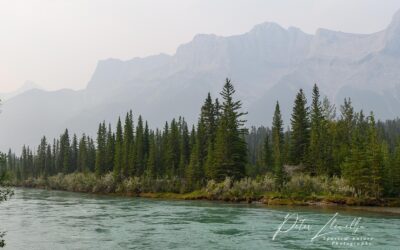Many people have great difficulty getting the correct exposure for all or mostly white birds, such as snowy egrets. It is vitally important to ensure that you retain detail in the brightest area of the feathers. If these areas are ‘blown out’ no amount of work in post processing will help. It is all to easy, if relying on any automatic exposure mode, to overexpose your subject.
Any automatic exposure mode is going to inevitably result in an incorrect exposure. Your camera meter will try and render your subject an 18% grey. You need to ensure that whites are actually rendered white.
It is essential to understand how to read your histogram to ensure you achieve the correct exposure.

Snowy Egret (Egretta thula) searching for food among water hyacinths on Lake Chapala, Jocotopec, Jalisco, Mexico
Below the histogram for this image

Note that to correctly expose the bird, I have ensured that the brightest whites (the right end of the histogram) are well to the right but not actually touching the right hand edge. If the histogram goes right to the edge, or, even worse is blocked up against the edge then you have overexposed the image.
Do not rely on a visual inspection of the image on the back of your camera – it will not give a true representation of the actual exposure, especially if you are shooting in RAW – which you should be!
There is certainly more than one way to achieve a correct exposure. The two that I generally employ are:
- Use Aperture priority automatic, check the histogram on the back of the camera and then dial in + or – exposure to bring the histogram to the required levels. I generally find that a value of +2/3 EV is close to correct on my Nikon bodies.
- Take an image, check the histogram, then set exposure manually.
Method one works when there is a constantly changing light or I am shooting in several different directions because of movement of the birds.
Method two is employed when the light is remaining constant and I am consistency shooting in the same direction and the birds movements are causing the subject to appear at different sizes in the frame.
To aid in quickly visualizing hot spots, i.e. overexposed areas, turn on the highlight exposure warning if your camera has this setting, otherwise known as the ‘blinkies’. Overexposed areas will then be highlighted and flash on and off giving a clear indication of areas that retain no detail.

Great Egret (Ardea alba) in breeding plumage courtship dispaly while perched in a tree at edge of Lake Chapala, Jocotopec, Jalisco, Mexico
Nikon D3s, Nikon 500mm f4 lens, 1/1600th @ f8, exposure set manually


